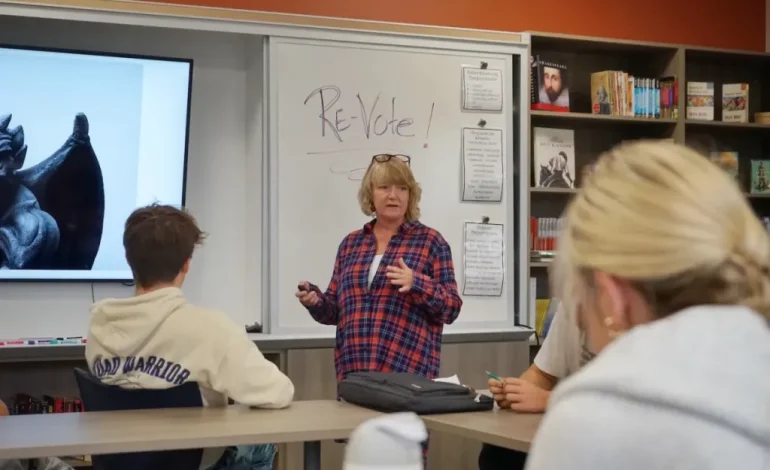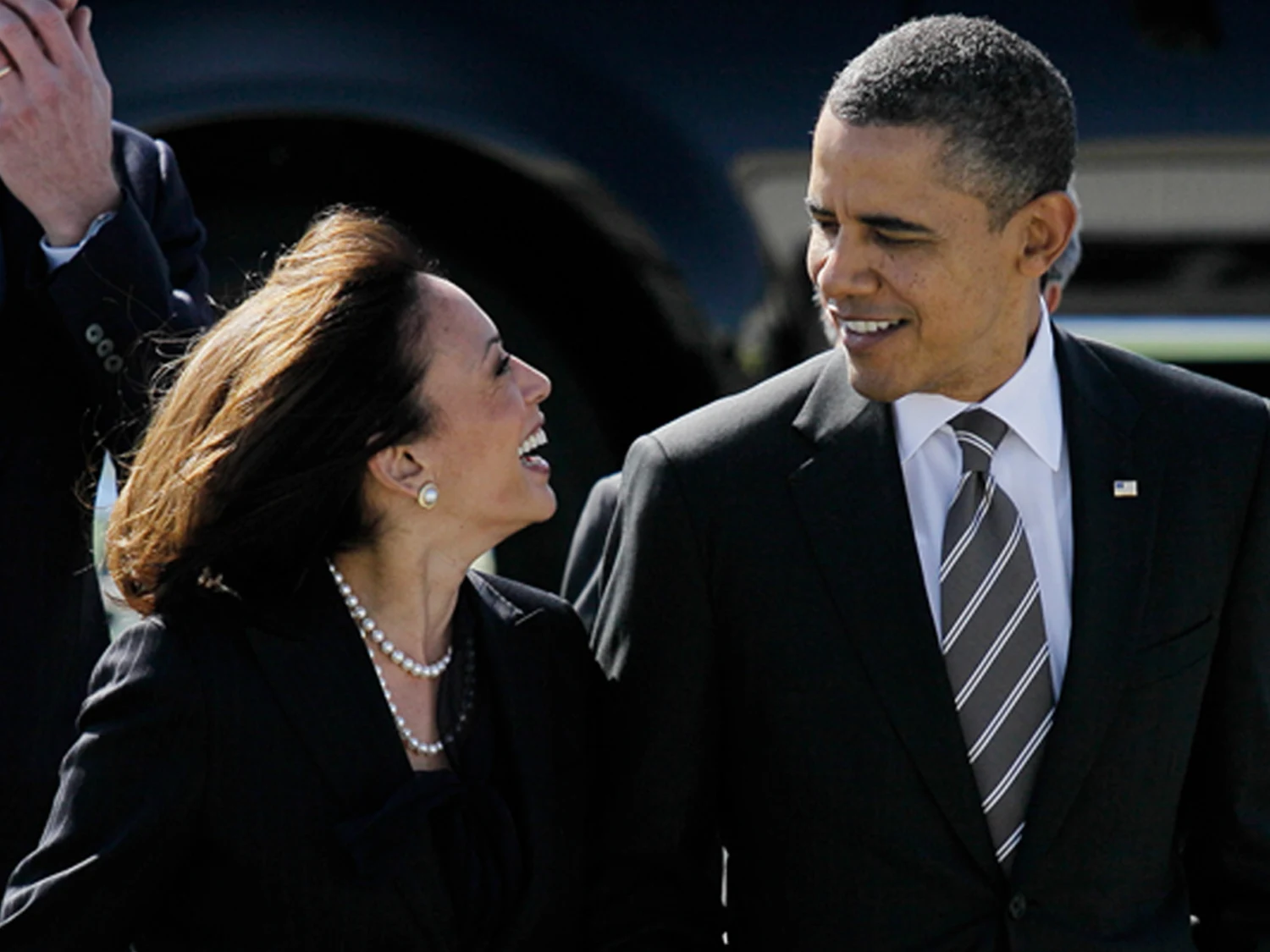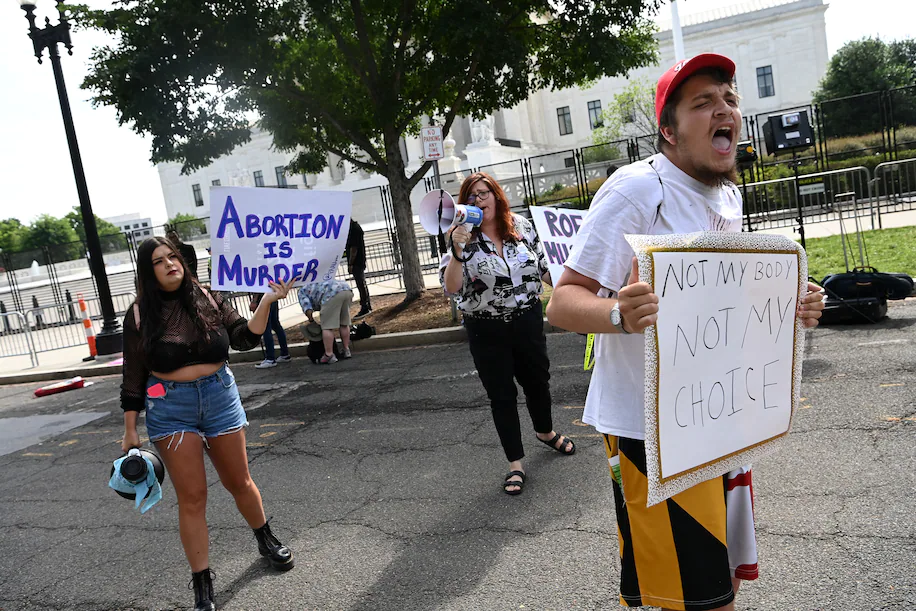Wyoming’s long, thorny recalibration of how it pays for public schools took a clear turn in Casper: lawmakers want to boost pay for teachers and other staff, but they’re likely to slow-walk decisions on things like school meals, resource officers and mental health supports, Oil City News reports.
The Select Committee on School Finance Recalibration spent two days hearing what administrators, teachers and parents have been saying for months — Wyoming is falling behind its neighbors on salaries, and the hiring pool is drying up. Park County parent and school board member Beau Fulton told legislators his Powell district once got “dozens” of applicants for open jobs; now, he said, it can be single digits. Carbon County School District 1 Superintendent Mike Hamel called it the toughest hiring environment he’s seen in 31 years. Sheridan County District 2 Superintendent Scott Stults said his district went without a machining teacher for an entire year, a first in his 27 years there, and applicant numbers for elementary jobs have cratered since 2016. His blunt assessment: salaries matter.
By the end of the meeting, the committee told staff to draft a bill that would peg the model’s average weighted teacher salary at roughly $70,000, up from just under $60,000 today, with room to pay substitutes more, funnel extra support into career and tech education, and cap superintendent pay based on district salary levels. It’s not the final word — more public comment is coming in January — but it’s a big signal of where the legislature’s leaning.
Plenty of people asked them to go further. A line of parents, educators and classified staff pressed for across-the-board pay that keeps veterans in classrooms and helps districts hang on to aides, custodians and support staff who make schools run. A second-year teacher from Sheridan spoke plainly about housing costs — average home prices around $400,000 — and urged lawmakers to set $70,000 as a starting salary, not an average. She said her current $48,000 pay makes it nearly impossible to buy into the community she serves.
The committee folded in a stack of recommendations from its consultants, Picus, Odden and Associates, who have spent months taking in district feedback and crunching numbers. Montana economist Christiana Stoddard laid out the workforce trend lines: Wyoming used to sit comfortably above neighbors on teacher pay; now Colorado and Utah have leapfrogged it and others are closing in. Districts often pay above the state model by scraping together other funds, she said, which is why the state model’s weighted average sits just below $60,000 even as the real statewide average lands north of $65,000. Wyoming still keeps the share of very low-paid teachers small, but it has relatively few in the very-high-paid band. Her recommendation to hit a $70,560 weighted average in 2025–26 would put Wyoming back in the conversation with Colorado and Utah.
All of this is happening under the shadow of a 186-page district court ruling in February that said the Legislature violated the state constitution by underfunding public schools. Judge Peter Froelicher’s order dinged the state for failing to keep up with inflation, underpaying teachers and staff, shortchanging mental health counselors, school safety officers, nutrition, and technology, and letting substandard facilities languish. The state is appealing, and some lawmakers cast the decision as one judge’s view that may not stand, but the ruling’s checklist clearly shaped the committee’s agenda this week.
Even so, not everything is moving fast. Rep. John Bear of Gillette urged caution on funding decisions for school nutrition, school resource officers, counselors, and other programs, arguing the state needs more data. Those topics may be kicked to the interim after the 2025 session, which means practical choices — and potential dollars — could be pushed into 2026. Co-chair Sen. Tim Salazar of Riverton called the draft bill “a beginning,” saying tweaks are likely and more public comment is on deck at the committee’s January meeting. Co-chair Rep. Scott Heiner of Green River described the process as a heavy lift and one of the toughest assignments many members have tackled.
Lawmakers also waded through less flashy but consequential mechanics: how to handle district insurance and reimbursement schedules, whether to use a hedonic index to adjust costs over time, and what guardrails to set for new construction and major repairs. Speaker of the House Chip Neiman told the room the Legislature takes the work seriously and is “committed to do the very best job we possibly can with the resources that we have” for Wyoming kids. He said no one in education loses sight of students’ best interests, but added that lawmakers have to balance those needs with the full slate of concerns they hear back home.
Housing pressures kept bubbling up as a barrier to recruiting and retaining staff, alongside worries about rising discipline needs, whether one-to-one devices help or hurt student outcomes, and where school meals fit in the learning equation. The committee didn’t resolve those debates but made clear they’ll be back.
For families tracking what matters now: a draft recalibration bill is coming that points to meaningful teacher raises, better pay for substitutes and a shot in the arm for career and technical programs. The fight over how — and how fast — to fund school nutrition, campus police and mental health supports looks like it’s headed into extra innings. The committee reconvenes Jan. 22–23 in Cheyenne to work the bill over in public.










The latest news in your social feeds
Subscribe to our social media platforms to stay tuned